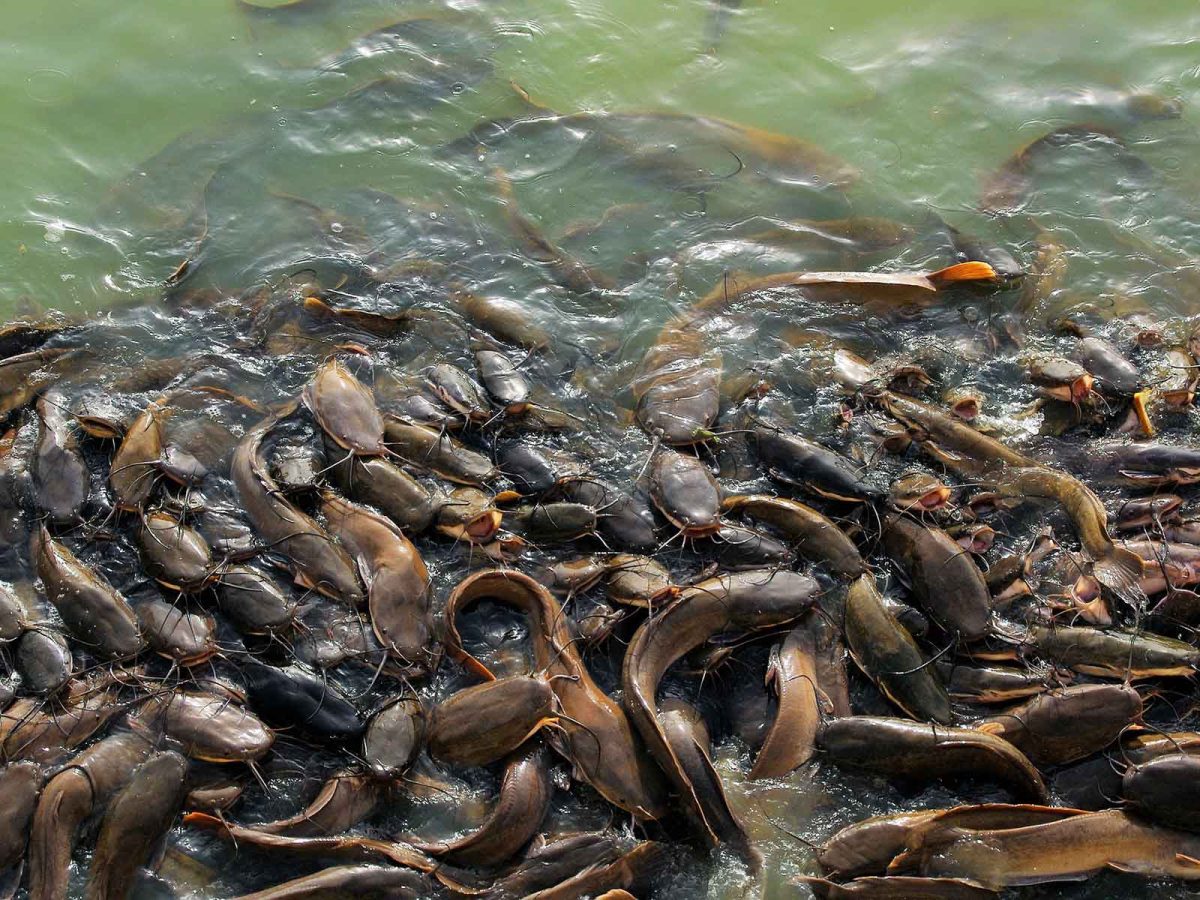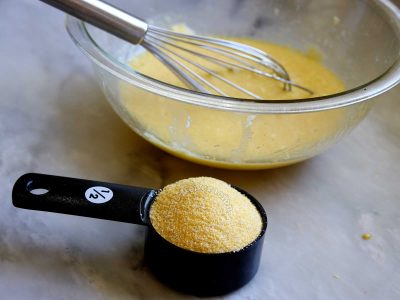There are several kinds of catfish. They are known by different names but I am no authority on regional names.
In the Philippines, three types are used for cooking—hito (dark gray skin on the back; beige skin underneath), kanduli (a fork-tailed catfish endemic to the island of Luzon) and Pangasius (large shark catfish native to Southeast and South Asia; commercially sold in the Philippines as cream dory).
In Philippine markets, hito is sold live. The fish are contained in a net, you choose which one you like (or specify if you want small, medium or large ones) and the fishmonger picks your choice from among the wiggling catfish inside the net. You have the option to have it gutted right there or you may bring it home alive and do the gutting yourself.
Personally, I don’t have any inclination to do the gutting. Cleaning catfish, especially the part about removing the sliminess, is a lot of work already. Killing the fish and gutting it is just unnecessary stress for me. So, that part of the preparation, I prefer to have done in the market.
One characteristic that all catfish share is the sliminess of the skin. There are at least three ways that I know of to remove that sliminess.
The apog solution
Back in my teens when I was just starting to learn to buy fresh fish in the market, whenever I asked fish mongers to clean gutten catfish for me, they would tear open small packets of apog and rub the white powdery substance all over the fish. The catfish was wrapped and handed to me with instructions to simply rinse off the apog when I got home.
What is apog? It can be one of three things.
- Apog is agricultural lime made from pulverized limestone or chalk. The active mineral is calcium carbonate.
- Apog is food-grade calcium hydroxide.
- Apog is is kalburo, the ashes of burnt shells or animal bones. It is used to hasten the ripening of fruits especially mangoes.
Considering that I could never know for sure what I would be getting if I bought a packet of apog to clean catfish myself, I never used it at home to remove the sliminess of the fish.
The vinegar and salt solution
This was my default method for years. It started with salt. Rock salt. PLENTY of rock salt which I scrubbed all over the fish. Scrub, rinse, repeat. Then, I poured strong vinegar into a shallow bowl and let the catfish bathe in it for about ten minutes. The catfish is rinsed and the salt scrubbing is repeat a few more times.
Effective but the strong smell of vinegar is terrible. And the amount of salt that get thrown away is gut-wrenching. So wasteful. Plus, the acid in the vinegar changes the texture of the fish flesh.
The baking soda solution
This is now my default method for removing the sliminess off catfish. Fast, effective, and least wasteful.
I rinse the fish several times then wipe it as well as I can. I rub the skin and head generously with baking soda then leave the catfish in a covered bowl to allow the baking soda time to draw out the slimy substance that covers the body of the fish.
Ten minutes later, I scrape off the baking soda with the blunt side of a knife. Off comes the slimy substance. But, as an added step, I rinse the fish to remove all trances of baking soda, rub the fish all over very generously with rock salt, give it another rinse then wipe it dry. At that point, it’s ready to be cut, seasoned and cooked.







